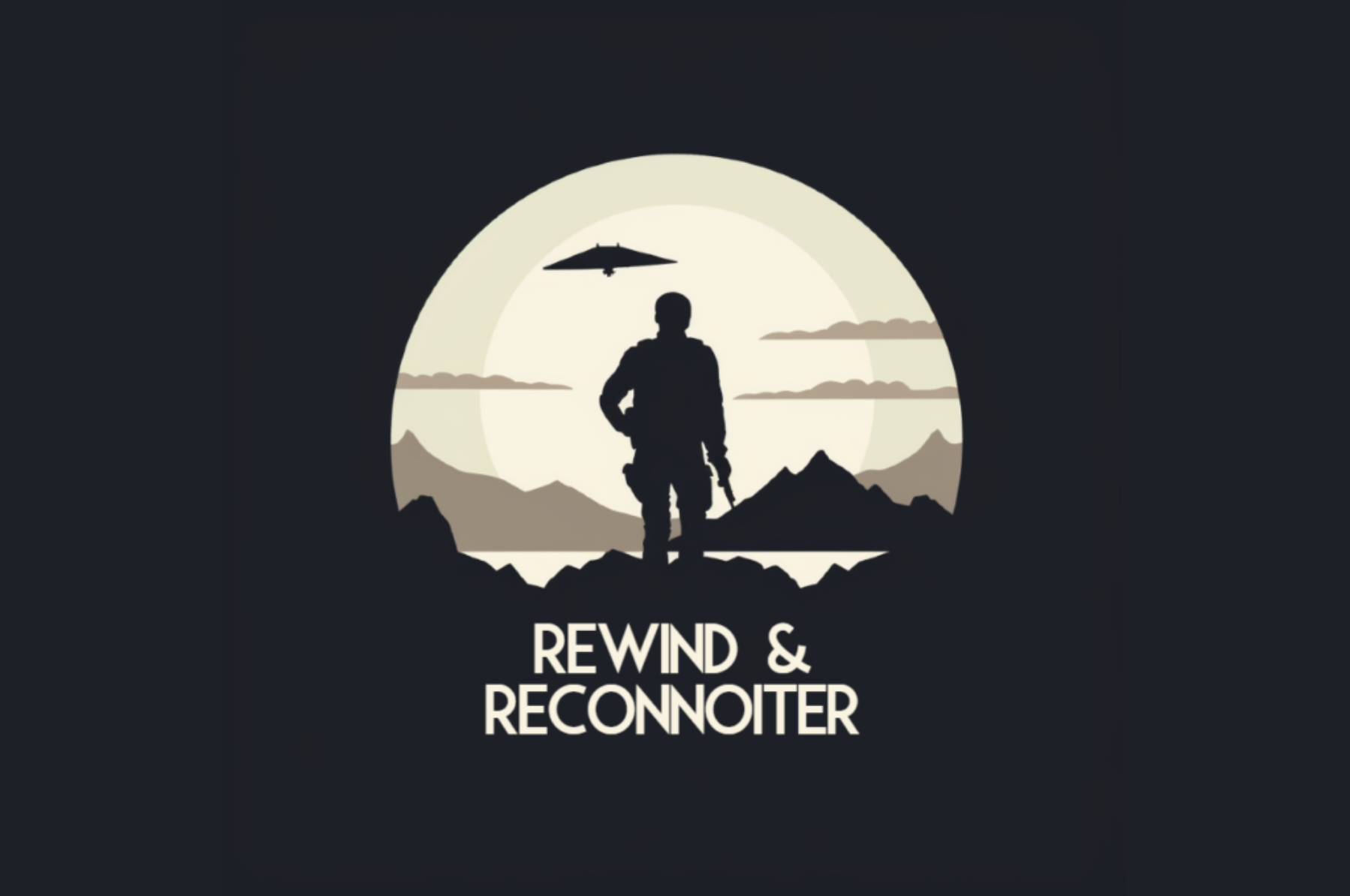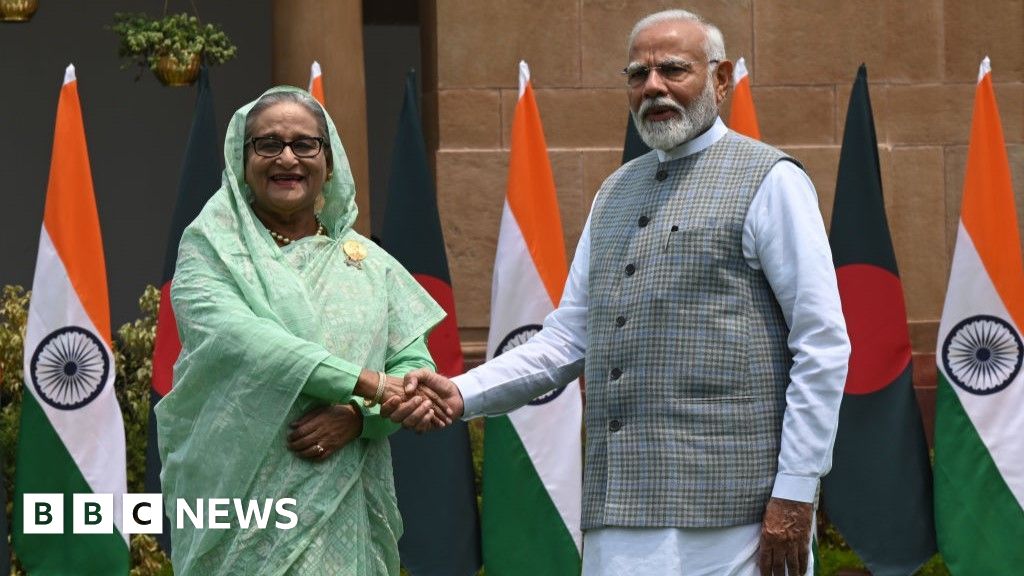72k subscribers helping cover 70% costs of Denník N’s 130-journalist newsroom
2024-08-14. Founded by a group of journalists 10 years ago, Denník N has grown into a major player with operations extending into the Czech Republic and Hungary, thanks to its unique subscription model. Tomas Bella, Chief Digital Officer and co-founder of Denník N, describes the news company’s decade-long journey from a start-up to one of the top news organisations in Slovakia. The post 72k subscribers helping cover 70% costs of Denník N’s 130-journalist newsroom appeared first on WAN-IFRA.

Denník N was born out of necessity. In 2014, a group of journalists decided to launch Denník N after the largest newspaper in Slovakia was bought by an oligarch.
“Denník N was founded by journalists, and it’s owned by journalists,” Tomas Bella, Chief Digital Officer and co-founder of the company, told participants at our Congress in Copenhagen.
The initial team consisted of 40 journalists, operating without a business department or marketing team. Today, Denník N boasts a newsroom of 130 journalists and a footprint in neighbouring countries.
See also: Digital subscription lessons from SCMP, Denník N
Converting free news readers to paid subscribers
Denník N’s revenue model is predominantly subscription-based, a strategy that has been central to its success. Subscriptions account for 70-80% of the company’s revenue.
Today, Denník N has around 72,000 subscribers in Slovakia, which has a population of 5.4 million.
Bella noted that their approach is quite straightforward: “We use a freemium model where short news is free and long articles are behind a paywall.”
This model not only attracts visitors but also converts them into paying subscribers, Bella said. The free news draws traffic and directs readers to longer, in-depth, and comprehensive articles that are behind a paywall.

Fewer articles, but with greater depth
Every journalist receives detailed data on how their articles perform in terms of subscription sales, Bella said. This includes daily emails with information on new subscriptions and weekly summaries of individual article performance.
“We feed journalists data on what sells and what doesn’t,” he said. “They see daily and weekly reports, including articles that didn’t drive subscriptions.”
This transparency encourages journalists to reflect on their articles and understand readers’ needs and preferences.
This strategy also yielded some surprising results. During the first eight years, the average length of articles doubled while the total number of articles decreased.
According to Bella, when journalists see data showing which articles perform best, they naturally invest more time in producing fewer but higher-quality pieces.
“Journalists realised that readers value deeper, more investigative reporting,” he said. “Spending more time on fewer articles makes both financial and journalistic sense.”
Adapting to audience preferences
Denník N also uses a host of analytical tools to understand content effectiveness. Bella described how the company analyses various topics and their conversion rates to take editorial decisions.
“We periodically review which topics generate the most interest and subscriptions,” he explained. “This helps us decide where to allocate resources and which areas to expand.”
This approach has allowed Denník N to adapt to changing audience preferences and maintain a good rapport with its readers. For instance, their analysis revealed a growing interest in serious journalism rather than sensational or clickbait content.
See also: How Slovakia’s Denník N hit 65K paying subscribers in 6 years
Encouraging crowdfunding and donations
In addition to subscriptions, Denník N has successfully integrated donations and crowdfunding into their revenue model.
After subscribers sign up, they are sometimes asked to contribute to specific projects or campaigns, Bella said, adding that this approach has been well-received.
“We were initially concerned about asking subscribers for more money, but the response has been overwhelmingly positive,” he said. “People are happy to support special projects or donate to causes they care about.”
This model has also facilitated the distribution of magazines to schools and other educational institutions, funded by reader contributions.
Open-sourcing subscription technology for industry collaboration
Denník N has its own subscription technology. The publisher decided to open-source it, which has led to its adoption among competitors and fostered collaboration within the industry.
“We decided to share our technology because it benefits everyone,” Bella said. “By pooling resources and ideas, we can improve and compete more effectively.”
The open-source model has also led to regular exchanges of ideas with other publishers, improving the overall quality subscription management across the industry.
“Our focus on high-quality journalism, supported by a robust subscription model and data-driven decision-making, has proven successful,” he said.

In Copenhagen, Bella was speaking in the Harlekin Room, which was frequently standing-room only.
The post 72k subscribers helping cover 70% costs of Denník N’s 130-journalist newsroom appeared first on WAN-IFRA.















